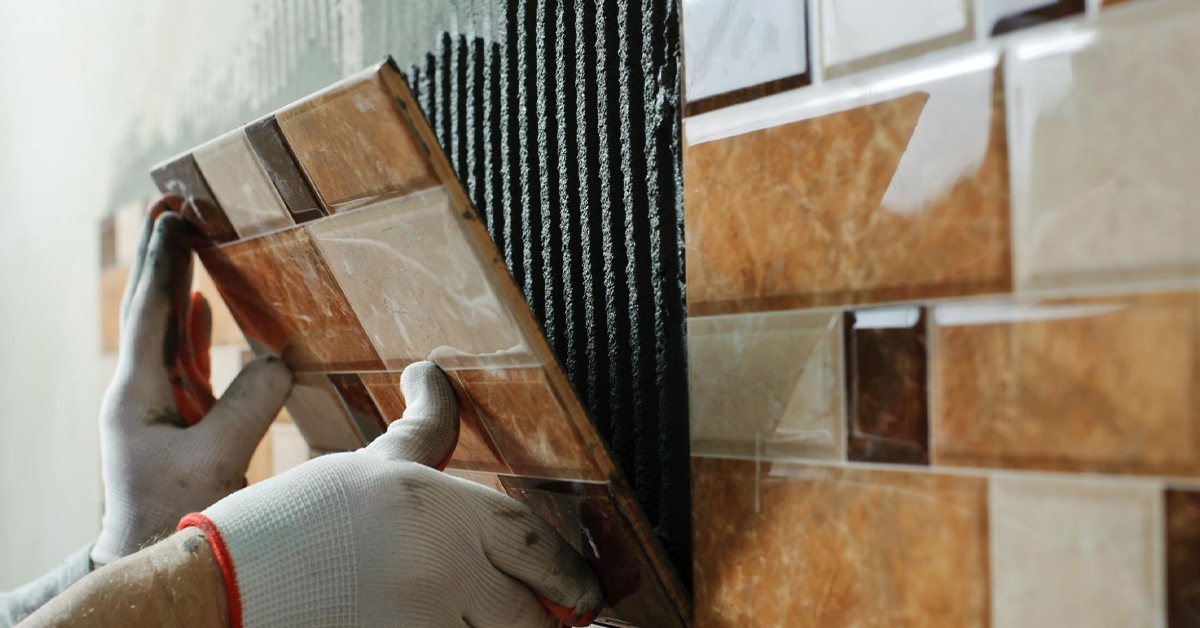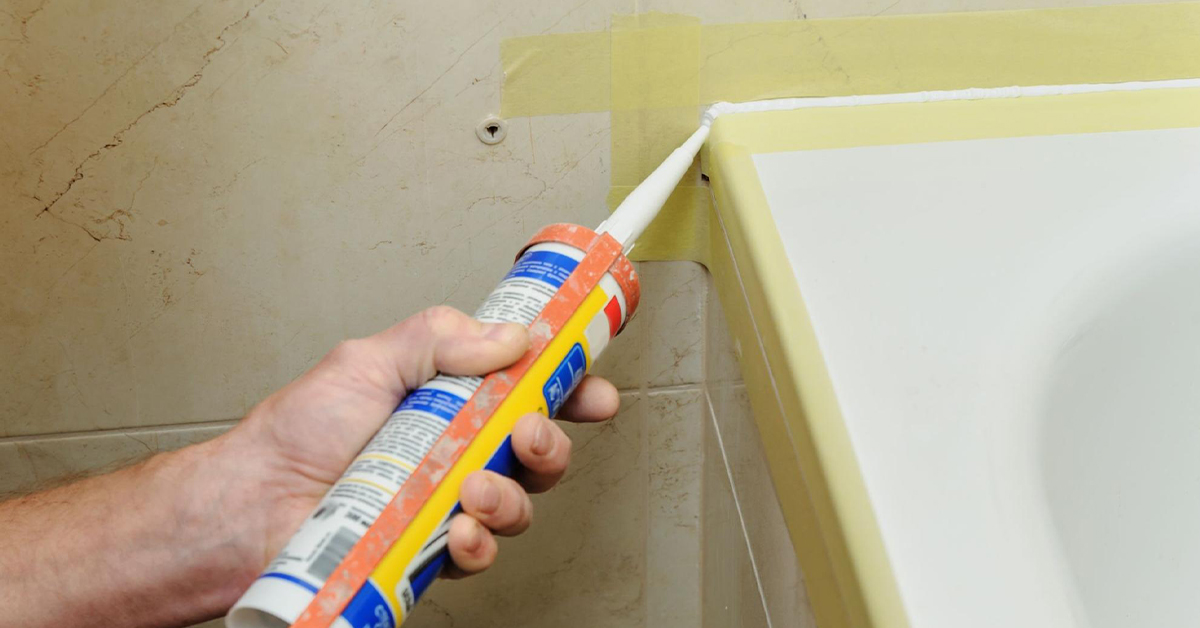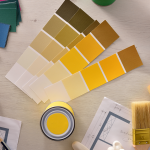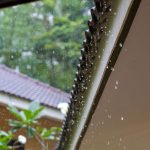Excess moisture can weaken the structural base of your home’s surfaces and result in significant damage, like the formation of mould and mildew. Your bathrooms and kitchens are the most vulnerable areas because of the presence of water pipes and washbasins. The key to keeping your bathroom walls and surfaces moisture-free and intact is to use good quality waterproofing solutions. Our experts can help you identify the moisture level with the help of special tools like Berger’s Home Shield Moisture Meter and recommend the best products for the health of your bathrooms. Here we explore the answer to how to do waterproofing for your bathroom surfaces.
Use Waterproofing Materials at the Time of Renovation
The best time to waterproof your walls and surfaces is during the initial construction or renovation. When choosing the building materials for your bathroom, look at inorganic options like stone, metal, plastic, ceramic, or porcelain tiles that are not easily affected by moisture. They can also resist mould and mildew better than wood and other organic materials. Using PVC baseboards, instead of MDF baseboards, is a great idea. Similarly, clay-based porcelain and ceramic tiles are a good choice for walls and floors. You can even use special bathroom waterproofing tiling adhesives to ensure better fixing of tiles and reducing the possibility of leakage. Berger’s Tile Grout is a ready-mixed flexible cement-based powder with additives that improve water resistance and workability, which can work wonders to prevent your walls from water damage.
Choose Stone Countertops and Sinks
Countertops need to be constructed with solid surface materials like stones that prevent water seepage. Avoid using plastic laminate countertops because they spoil easily, as their MDF core gets damaged with moisture. Again, while installing a tub or a shower, ensure that the tiling is of good quality and is done by using strong tiling additives.
Ensure Proper Plumbing
Proper pipe installation is key to protecting leakages in the bathrooms and other areas. Ensure that the plumbing work is done by experts who know which materials to use and where to place the pipes to avoid seepage problems. Proper installation and fixing of water pipes will reduce the chances of water infiltration into your walls and other surfaces of your bathrooms.
Ensure Easy Access to Plumbing
It’s important to have easy access to the water pipelines and plumbing lines from a service panel that can be opened from outside the bathroom. This will help manage and repair the pipeline without breaking the tiles or other surfaces in the bathroom.
Install an Exhaust Fan
Installing an exhaust fan in the bathroom will ensure that the moisture-laden air is pushed out, which reduces the chances of mould and mildew.
Tiles Make a Better Wall Surface

Using porcelain or ceramic waterproof bathroom tiles is a good way to reduce water seepage or moisture infiltration. Also, use good quality tiling adhesives like Berger’s Tile Adhesive for excellent bonding of tiles with cement surfaces.
Choose Waterproof Materials for Flooring
Bathroom flooring prevents seepage and water infiltration into the floor. Avoid using plastic laminate flooring. Instead choose solid options like ceramic and porcelain tiles. Available in thousands of designs, these tiles can be fixed with the help of solid adhesives that come with waterproofing abilities. The use of high-quality waterproof bathroom materials ensures that the moisture does not penetrate through the flooring to the lower floor.
Caulking is a Must

To minimise water leakage, go for caulking of joints and seams around the faucets, ceiling fixtures, water pipes, drains, bathtubs, and all other plumbing fixtures. Choose a caulking compound that is strong and effective in sealing all kinds of gaps for protection against water, air, dust, and even insects. Pay special attention to places like where the countertop meets the wall or where plumbing fixtures meet floors.
Ensure that Shower and Tub Fittings are Properly Fitted
Double-check the shower and bathtub fittings for leakage. Fill in any cracks or gaps in these areas. You can choose special membranes or boards behind the tiles to prevent water from seeping into the interior layers. The use of fabricated showers or bathtub wall panels can also prevent moisture. Carry out regular inspections of the caulked seams.
Choose Waterproof Solutions
Bathroom walls are the most susceptible to moisture and tend to get spoiled easily. While a part of your bathroom may have tiles, the concrete portions can be treated with products like Berger’s Latex Shield 2K. It forms an excellent waterproof and protective elastomeric layer over the surface to prevent water infiltration. Before painting the walls, always use waterproof putty and Seal-O-Prime for even better protection.
Pay attention to waterproofing for a clean and hygienic bathroom. Our waterproofing experts can help you identify the level of moisture and the extent of damage caused. They will also recommend scientific waterproofing solutions to ensure that you have a moisture and leakage-free bathroom.


 Get in Touch
Get in Touch
